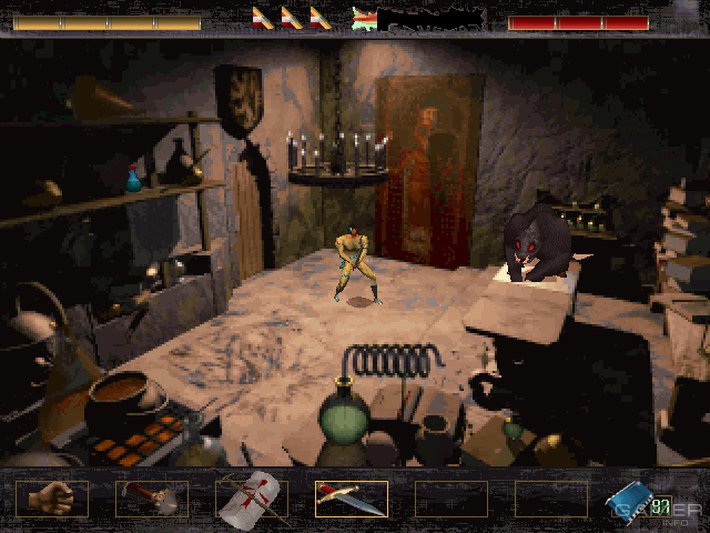

To indicate to time that a format specifier is not just a regular letter, add a percentage sign to it, like %P. For example, the format specifier for the percentage of CPU is the letter P. When the string is printed the format specifiers are replaced by the actual values they represent. Each of the format specifiers represents a piece of information. The list of format specifiers can be found on the man page for time. The format string can contain text and format specifiers.

You can customize the output from time using a format string. loop2 was awarded an average of 96% of CPU time for the duration of its run. The duration of the processing time in user mode is 0.29 seconds. The inefficient loop2 program took three times longer to execute. loop1 was awarded an average of 89% of CPU time over the duration of its total elapsed time. The results for loop1 tell us that loop1 spent 0.09 seconds in user mode. It either spent zero time in kernel mode or the time in kernel mode is too low a value to register once it has been rounded down. This inefficiency ought to show up in the timings. The length of the string is obtained time after time for every cycle of the outer loop. get length of string once, outside of loops #include "stdio.h"Ĭhar szString="how-to-geek-how-to-geek-how-to-geek-how-to-geek-how-to-geek-how-to-geek" The length is obtained in advance, outside of the two nested loops. The length of a string is required within the two nested loops. They don’t do anything useful apart from demonstrating the effects of one type of coding inefficiency. They were created from loop1.c and loop2.c. We’re using two programs called loop1 and loop2.


 0 kommentar(er)
0 kommentar(er)
